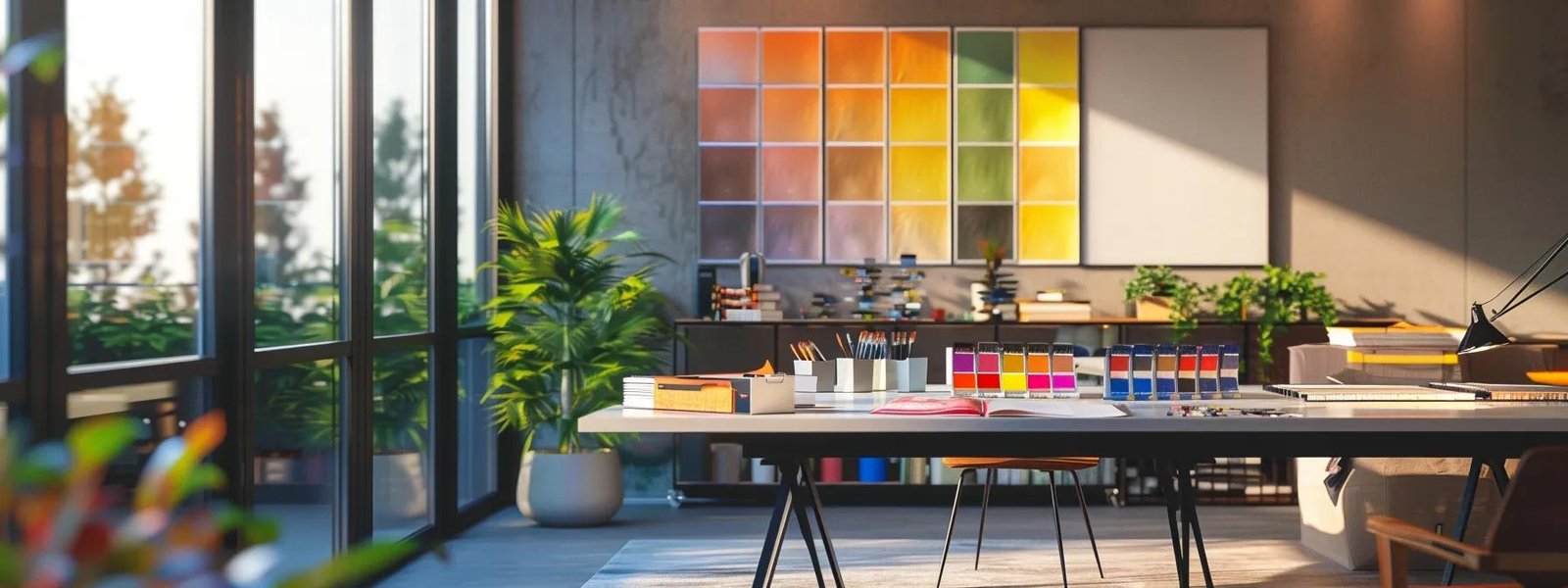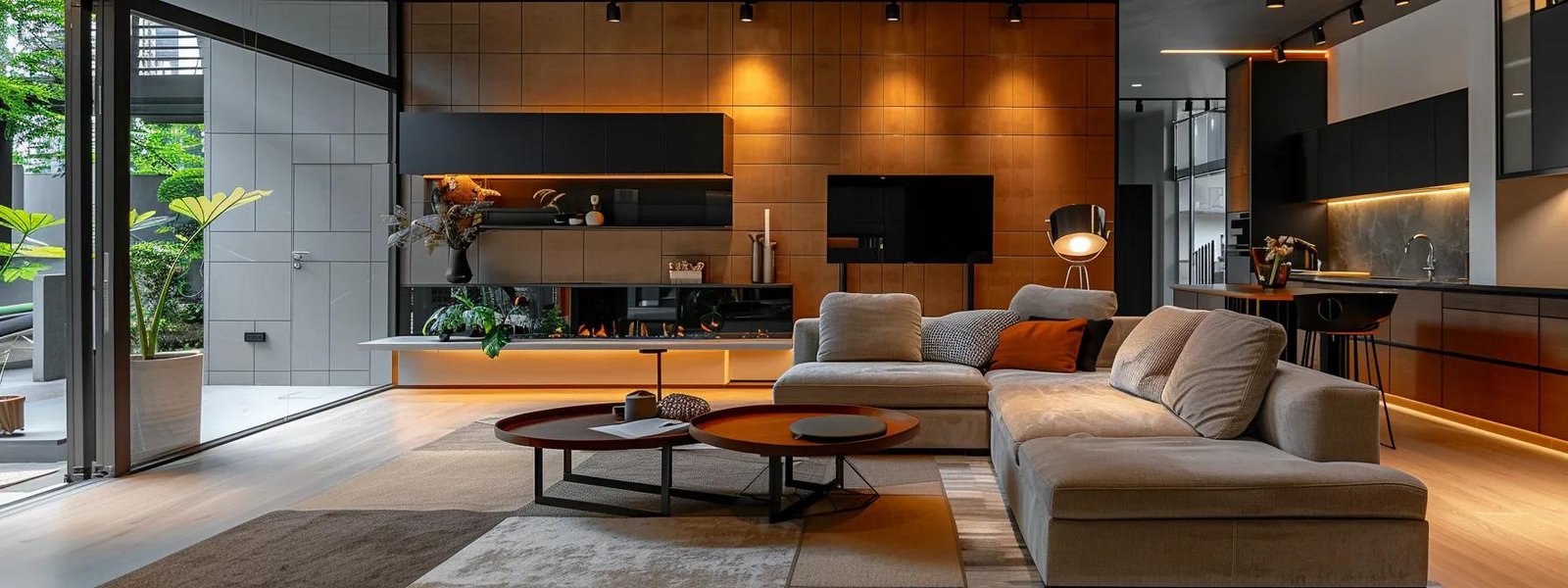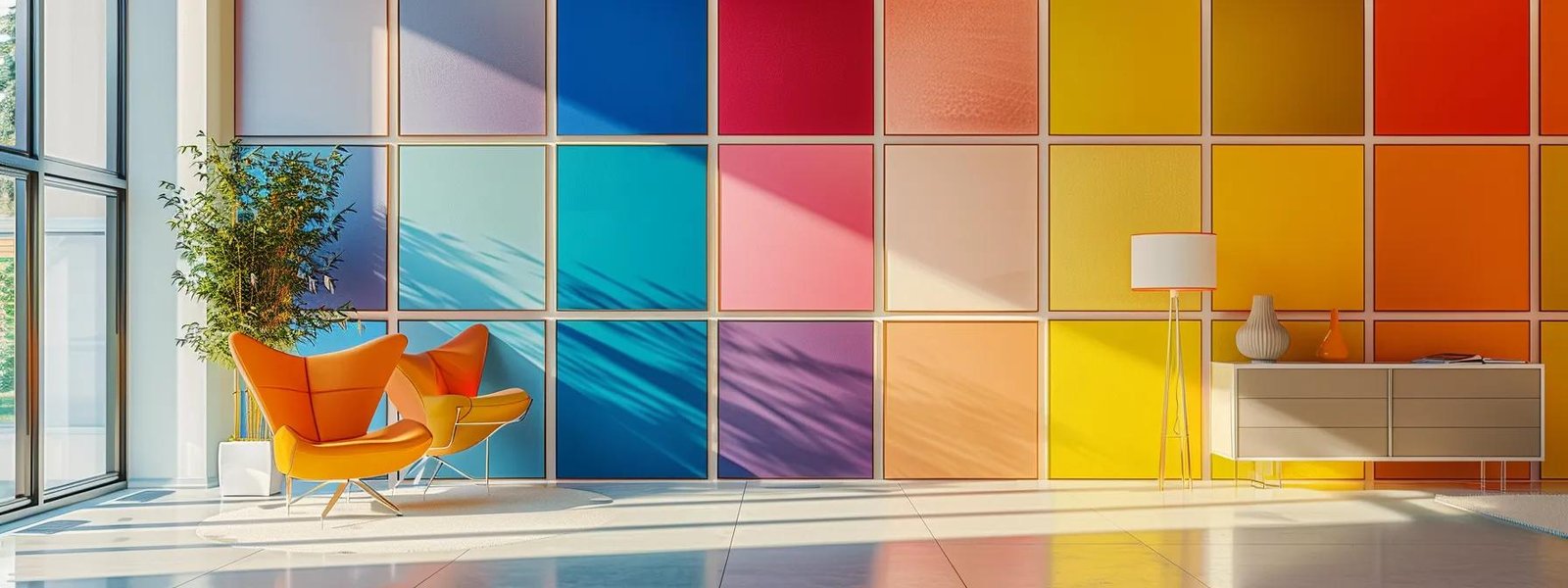Table Of Contents:
- Choosing the Best Paint Colors for Your Home
- Understanding Color Fundamentals for Your Home’s Interior
- Discovering Inspiration for Your Ideal Interior Paint Colors
- Critical Elements for Selecting the Best Paint Colors for Your Home
- A Step-by-Step Method for Choosing Paint Colors for Interiors
- Customizing Paint Color Selections for Various Rooms
- Advanced Strategies for Impactful Interior Color Application
- Frequently Asked Questions
- Final Thoughts
Choosing the Best Paint Colors for Your Home
A well-chosen interior paint color scheme not only enhances the overall appearance of your space, but also influences mood, productivity, and how you perceive a room’s size and shape. In this article, you will learn how to determine the ideal hues for your home, understand the science behind color fundamentals, and discover strategies for developing a cohesive palette that aligns with your room’s purpose and lighting conditions. Along the way, you might even ponder what happens if you don t paint your house, especially when considering how color influences ambiance and energy. Read on to uncover essential tips and insights that will transform your interiors and boost your home’s appeal.
Understanding Color Fundamentals for Your Home’s Interior
How do different hues impact mood and space perception? Each hue elicits a distinct emotional response. Warm colors like reds and oranges create intimacy and energy, while cool colors such as blues and greens provide calmness and a sense of spaciousness.
How do basic color principles guide your interior selections? Color theory explains that primary, secondary, and tertiary colors interrelate, and using complementary or analogous schemes can produce harmonious combinations that enhance a space without overwhelming it.
How does lighting reveal true paint colors? The appearance of any hue is affected by both natural and artificial light. A color vibrant under daylight may seem muted under warm incandescent light. Testing paint under varied conditions ensures your chosen hue looks its best in every setting.
How do you develop a harmonious color story room by room? Balance dominant, secondary, and accent colors so that each room has a primary color setting the mood, a supporting tone enhancing function, and an accent adding visual interest. This method ties together different spaces into a unified home.
What are common pitfalls when picking interior paint? Homeowners may choose colors based solely on trends or personal preference without considering furniture, décor, or room size. Avoid extremes that cause stark contrasts or overly monochromatic rooms.
Discovering Inspiration for Your Ideal Interior Paint Colors

How can you use existing decor to guide your choices? Evaluate your furnishings, textiles, and artwork for cues that naturally complement your style. Matching undertones in carpets and furniture with your wall color promotes a seamless look.
How do you draw color ideas from nature? Nature offers inspirational palettes—from the clear blues of the sky to the deep greens of a forest. Incorporating earth tones or seasonal hues can bring a refreshing and grounded atmosphere to your home.
What are current interior paint trends? Popular trends include earth tones, muted pastels, and sophisticated neutrals that offer a warm and inviting ambiance. Designers often pair subtle contrasts with natural finishes to complement modern furniture and minimalist décor.
How do you create visual guides for your palette? Sketch or use digital design tools to create a mood board that displays swatches together. This step helps refine your selections before committing to a full-scale renovation.
Which digital resources can assist? Online tools like Behr’s Color Smart and Sherwin-Williams’ ColorSnap allow you to virtually test different hues on sample room images, adjusting for lighting and existing decor.
Critical Elements for Selecting the Best Paint Colors for Your Home
How do you align paint colors with each room’s purpose? Different rooms require different moods. Bedrooms benefit from tranquil, cool hues for relaxation, while kitchens often work best with brighter tones that stimulate appetite and conversation.
How do you assess natural and artificial light? Consider both sunlight exposure and indoor lighting. Rooms with ample sunlight may need softer colors, whereas darker spaces might be enhanced by richer, bolder hues.
How do you harmonize colors with architectural features? Consider elements like moldings, beams, or exposed brick. The paint should complement these features rather than clash with them to highlight your home’s character.
What is the best way to coordinate with flooring, fixtures, and furnishings? Establish a color scheme by selecting a dominant color and then choosing secondary shades that echo accents found in textiles, carpets, or cabinetry. This creates a continuous visual flow throughout the room.
How can room dimensions influence your decisions? Smaller spaces often benefit from lighter, cooler shades that expand the space, while larger rooms can support deeper, more dramatic colors without feeling enclosed.
Detailed List of Considerations:
- Room Functionality – Purpose Differentiation: Select colors that suit a room’s use, such as calm blues for bedrooms.
- Lighting Conditions – Natural and Artificial: Test colors under different lightings to see their true effects.
- Architectural Integration – Enhancing Features: Choose paint that complements built-in architectural details.
- Complementary Elements – Coordination with Furniture: Match colors with existing décor for a cohesive look.
- Spatial Perception – Room Dimensions Influence: Use light colors for small spaces and bolder shades for larger areas.
A Step-by-Step Method for Choosing Paint Colors for Interiors

How do you effectively shortlist your interior paint colors? Start by gathering samples inspired by your décor, nature, or trends. Then narrow down options considering ambient light, room size, and overall atmosphere. Create a physical or digital board to view all choices collectively.
Why is testing paint samples non-negotiable? Test patches on your walls reveal how colors interact with the natural and artificial light at different times of the day. This reduces surprises when you commit to painting the entire room.
How do you evaluate sample colors under varied lighting? Apply samples during both daylight and evening to note any differences. Making notes of these observations ensures the color remains pleasing throughout all lighting conditions.
How does understanding finish affect outcomes? Finishes such as satin, eggshell, or matte impact reflectivity and ambiance. For high-traffic areas, satin or eggshell may be preferable for durability, while matte offers a refined look in more intimate settings.
How do you commit to your final choice? After testing, develop a detailed, room-by-room plan ensuring every color meets both functional and aesthetic needs based on your data and observations.
Table: Comparison of Paint Finishes
| Finish Type | Reflectivity | Durability | Best Use Case |
|---|---|---|---|
| Matte | Low | Moderate | Living rooms, bedrooms |
| Eggshell | Low-Medium | High | Hallways, family rooms |
| Satin | Medium | Very High | Kitchens, bathrooms, high-traffic areas |
| Semi-Gloss | High | Very High | Trim, cabinetry, doors |
Review this table during your final evaluation; the right finish is as important as the right hue for long-term maintenance and style.
Customizing Paint Color Selections for Various Rooms
How do you pick tranquil colors for bedrooms? Choose soft blues, gentle greens, or muted lavenders to promote relaxation and better sleep quality, creating a calm, inviting sanctuary.
How do you select welcoming hues for living areas? Use warm neutrals combined with vibrant accents to create a balanced, inviting space. Earth tones like beige or light terracotta, paired with a contrasting secondary color, work well to highlight artwork or furnishings.
How do you choose bright, hygienic colors for kitchens and bathrooms? Sharp, clean colors such as white, light gray, or subtle pastels reinforce cleanliness. Glossy finishes help reflect light and make the area appear larger.
How do you create a welcoming entryway? Start with a bold color for the door or trim to set a positive tone while ensuring it harmonizes with the rest of your home.
How do you develop productive workspaces? For home offices, choose colors like soft greens or cool blues to stimulate concentration without distraction. Pair these with neutral backgrounds to maintain focus.
Additional Tips:
- Layer color with accent walls to highlight features.
- Use complementary trim or ceiling colors to create visual boundaries.
- Incorporate textured finishes for subtle variation.
- Utilize digital planning tools to preview your design.
Advanced Strategies for Impactful Interior Color Application

How can you use accent walls effectively? An accent wall painted in a bold hue can serve as a focal point, drawing attention and adding structure, especially in open-plan interiors.
How do you balance neutral tones with vibrant colors? Start with a neutral base like soft gray or off-white, and layer in striking hues through accessories, furniture, or a single accent wall to keep the space engaging yet grounded.
How do you choose complementary colors for trim and ceilings? Opt for shades that either contrast lightly or blend seamlessly with your main wall color to expand space or add refinement. Always test these combinations in small areas first.
How do you design with monochromatic palettes? Using multiple tones of one hue creates a modern, sophisticated look that works well in minimalist settings where clarity and simplicity are key.
How do you address color challenges in open-plan spaces? Use subtle variations within the same color family to define zones. Complement these differences with furniture groupings or area rugs to create clear boundaries without interrupting the overall flow.
List of Advanced Strategies:
- Accent Walls – Creating Focal Points: Use a statement wall to enhance the room’s character.
- Neutral and Striking Balance – Layering Hues: Combine a neutral base with pops of vibrant color.
- Complementary Trim – Finishing Touches: Select trim colors that brighten and accentuate wall colors.
- Monochromatic Schemes – Unified Aesthetics: Employ varying tones of one color for a cohesive look.
- Zone Definition in Open Plans – Visual Boundaries: Use subtle color shifts and furniture to delineate spaces.
Frequently Asked Questions
Q: How does interior paint color affect room mood?
A: Interior paint affects mood by shaping visual perception and emotional responses. Warmer tones create energy, while cooler tones promote calmness.
Q: What factors should I consider when picking paint colors?
A: Consider the room’s function, lighting conditions, architectural features, existing décor, and the atmosphere you wish to create.
Q: How important is testing paint samples?
A: Testing is essential as it reveals true color interactions with light and other elements, preventing unwanted surprises.
Q: Can I mix different paint finishes in one room?
A: Yes, mixing finishes (such as matte with satin) can add depth and interest when done thoughtfully.
Q: Are there digital tools available for planning my paint colors?
A: Absolutely. Tools like Behr’s Color Smart and Sherwin-Williams’ ColorSnap let you virtually experiment with palettes before application.
Final Thoughts
Your home’s interior color choices significantly affect both aesthetics and mood. By understanding color fundamentals, drawing inspiration from your décor and nature, and using a systematic selection process, you can create a harmonious palette tailored to each room. Consider functionality, lighting, architectural elements, and coordinating details to reflect your personal style. With these strategies and tips, you are well-equipped to transform your space into a welcoming, visually engaging environment.


